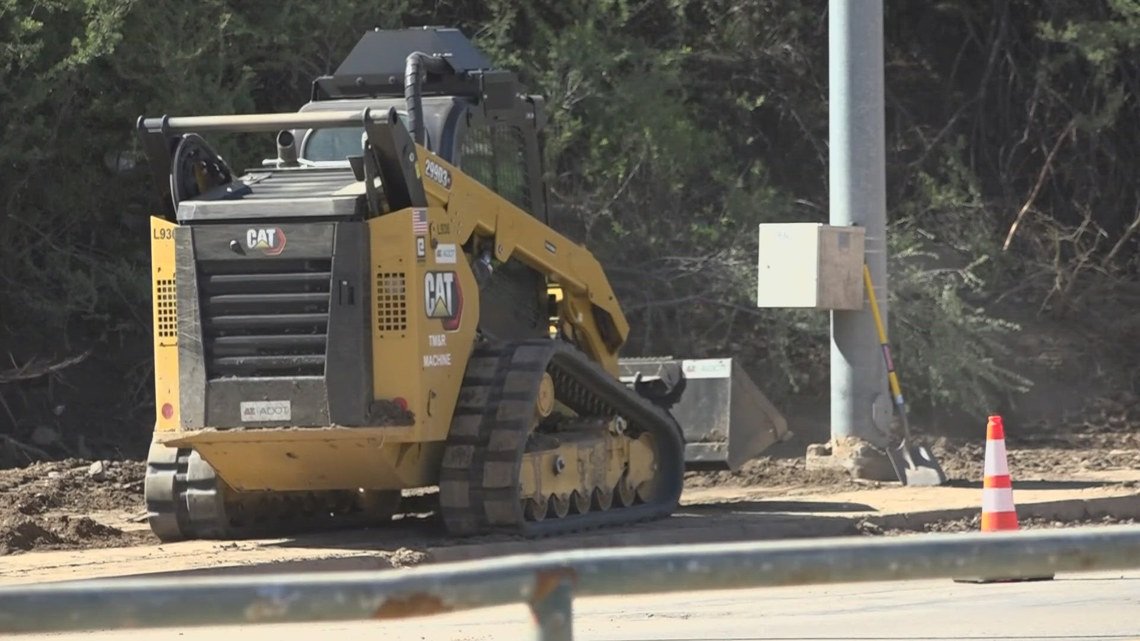
I live at the edge of the forest
In many western communities, homes are situated where buildings come into contact with wildfire fuels. Interestingly, the number of residents fluctuates throughout the year—places like Truckee, California, see a lot of second homes, and during fire season, the Tahoe Basin attracts numerous visitors.
Research led by Dr. Dapeng Li, an assistant professor in geographical information science, highlights the challenges posed by these temporary populations on wildfire evacuation plans. The influx of people varies significantly depending on the season and day of the week.
Typically, evaluating evacuation plans for such communities focuses on overall evacuation times. “But we realized that wasn’t the whole picture,” Li noted. “We had to factor in individual travel times and the proximity to evacuation routes.”
Inside the zone
Counties in the western U.S. often utilize Wildfire Evacuation Solutions from companies like Genasys Inc., designating homes to specific evacuation zones. This system helps emergency managers facilitate staggered evacuations, easing the pressure on everyone trying to leave at once.
Curious about whether this method would benefit WUI communities with a fluctuating population, Li and his team recognized a gap. There was no software model available that emergency planners could customize for their particular communities.
To address this, the University of Alabama team created a model that simulates a gradual evacuation process using predefined evacuation zones. This model needed to be tailored to the specific zones established by local or state authorities while also accommodating the varying occupancy rates in these areas.
“This project is very community-focused. We’re collaborating with Truckee to secure National Science Foundation funding,” Li explained. “After the 2021 Calder Fire in the Lake Tahoe Basin, it became clear how critical this issue is to community stakeholders.”
The team gathered data on seasonal occupancy fluctuations from the Town of Truckee, utilizing proprietary data from Genasys and additional information from public databases.
This evacuation model considers the number of trips generated or cars leaving homes and looks at factors like how close residents are to a fire and when they need to evacuate. It also factors in the distance to the nearest safe exit. They tested various occupancy scenarios among second homes.
The findings suggested that gradual evacuation is more effective than simultaneous evacuations.
“Gradual evacuation appears to lessen the number of vehicles near the fire,” Li remarked.
This approach not only reduces risks associated with smoke inhalation but also minimizes the time vehicles spend in traffic, alleviating stress during already tense situations.
“Wildfire evacuations are inherently complex due to rapidly changing conditions,” noted someone from UA’s Number Lab, the lead author of the study. “Our gradual wildfire evacuation model can be fine-tuned using local data and adapted to existing wildfire evacuation zones.”







